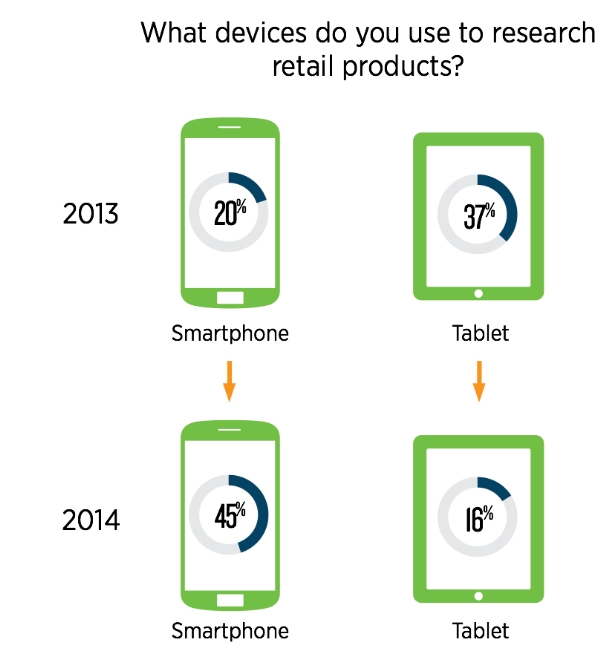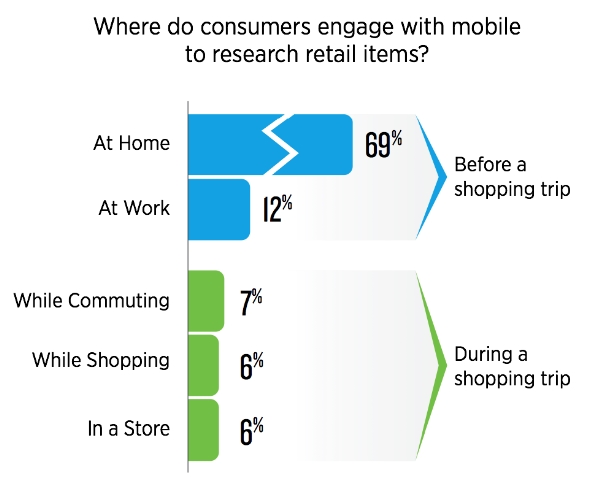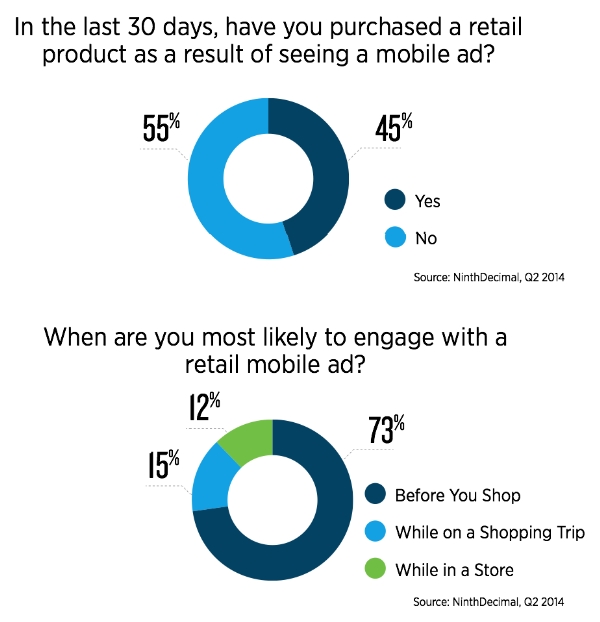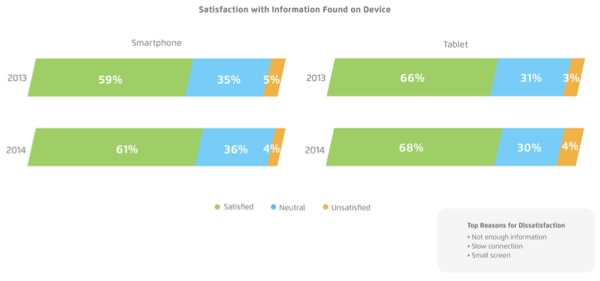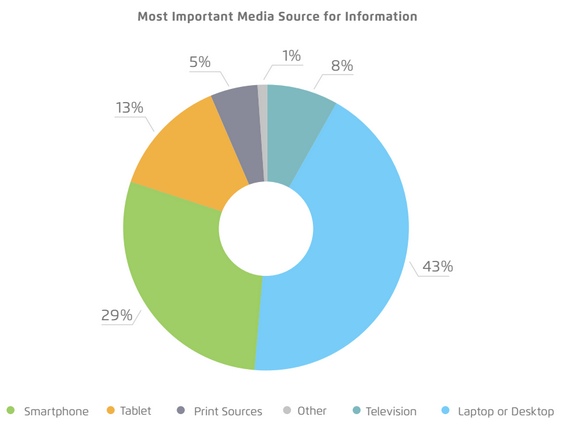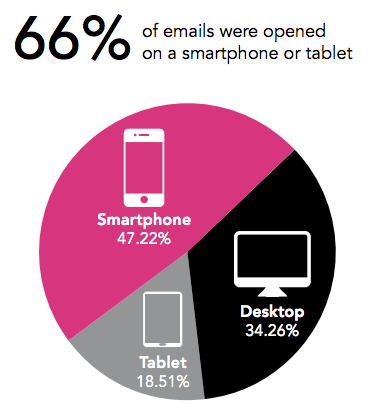A new survey sheds some light into the real reasons why consumers like, share, and follow brands on social media.
As Yes Marketing reports, their survey of 1,000 consumers reveals:
- 63% of consumers follow retailers on social to learn about sales.
- 60% follow retailers to keep up with new products.
- 29% follow to show support for the retailer.
- 23% follow because the retailer shares funny and interesting information.
- 23% follow because the retailer has a positive reputation
- 16% follow because they agree with the retailer’s stance on social and political issues.
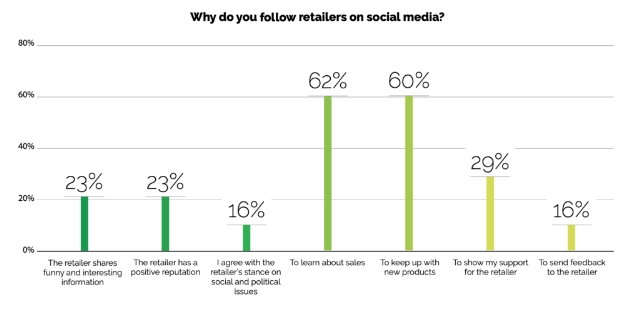
When it comes to specifically why customers engage with content from retailers on social media, here’s what people had to say:
- 36% engage with content because the retailer promises a discount for sharing the post.
- 36% engage in order to share a product update or sale with their followers.
- 35% engage because they agree personally with the content of the post.
- 30% engage because the post is funny or interesting.
- 29% engage in order to share positive feedback with the retailer.
- 20% engage in order to share negative feedback with the retailer.
As for which demographics are active on which social networks, the respondents broke down as follows:

- Gen Z consumers are more likely to have YouTube (77%) and Instagram (77%) accounts than a Facebook account (74%).
- Millennials (89%) and Gen X (88%) are most likely to be on Facebook.
- More Gen Z consumers (56%) are on Twitter compared to Millennials (50%) and Gen X (39%).
- Snapchat is the least used social network among all respondents (30%), followed by Twitter (36%).
- Only 11% of respondents are not on any of the major social networks.



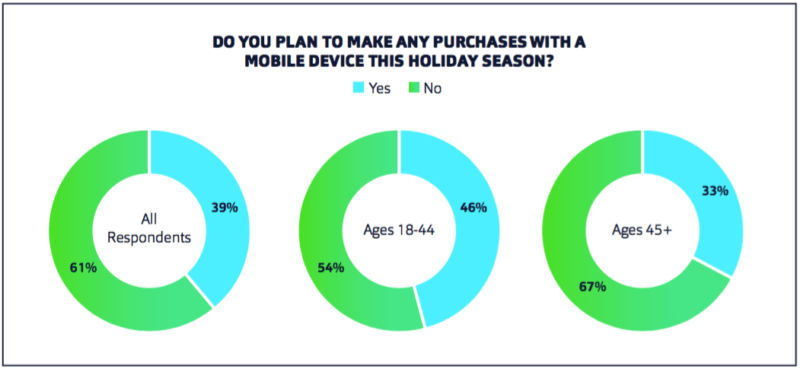
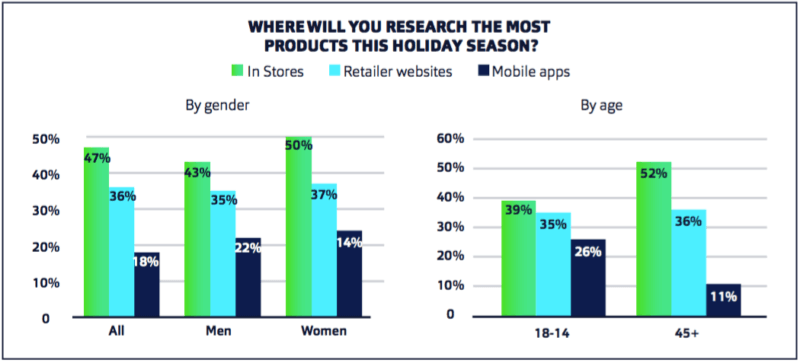
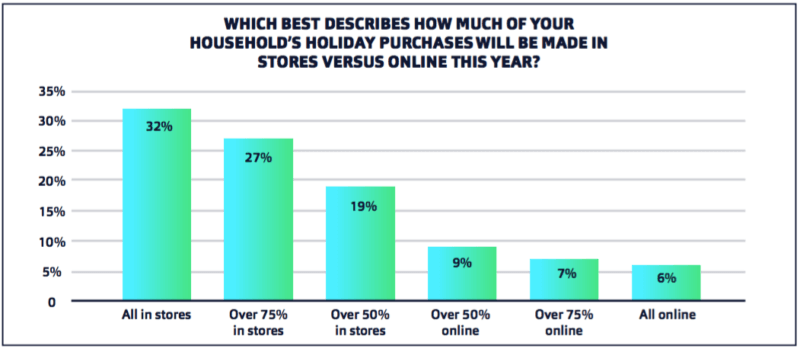
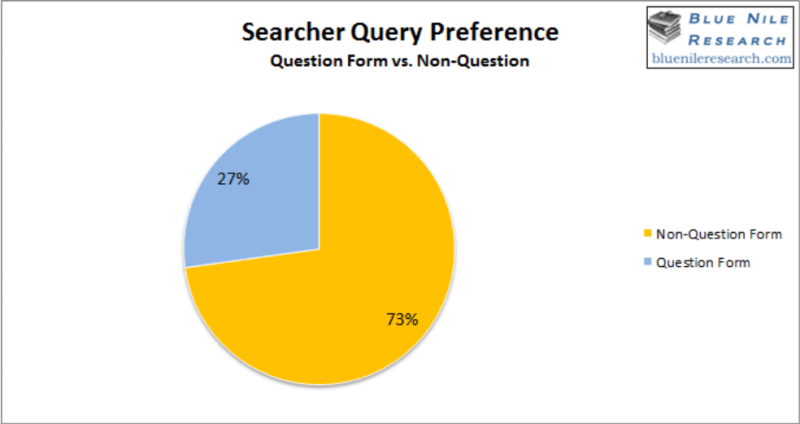
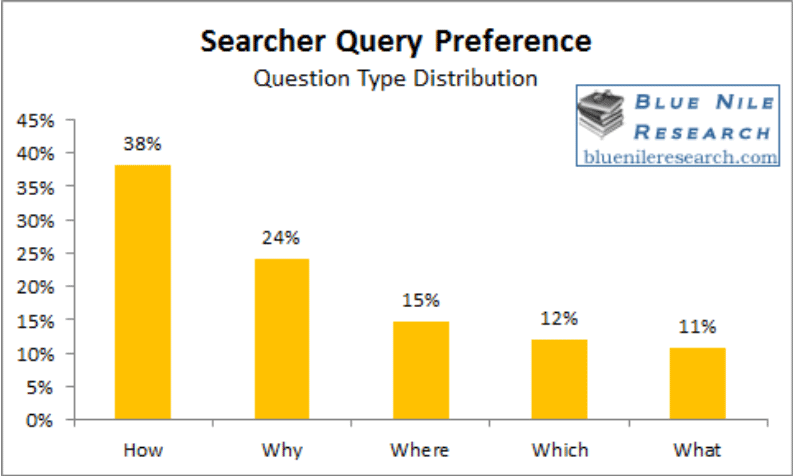
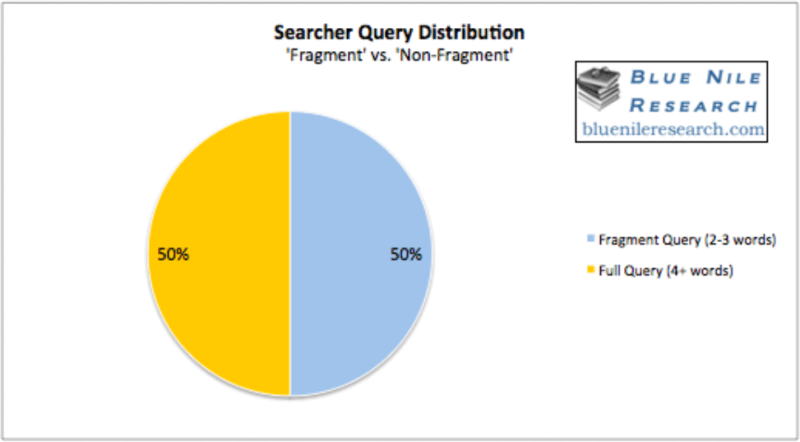
 Now that the holiday season is over, several companies including Target and Amazon are releasing statistics related to 2014’s holiday shopping. While there are several interesting facts to be found in the reports, Target’s release may have the most striking bit of information.
Now that the holiday season is over, several companies including Target and Amazon are releasing statistics related to 2014’s holiday shopping. While there are several interesting facts to be found in the reports, Target’s release may have the most striking bit of information.